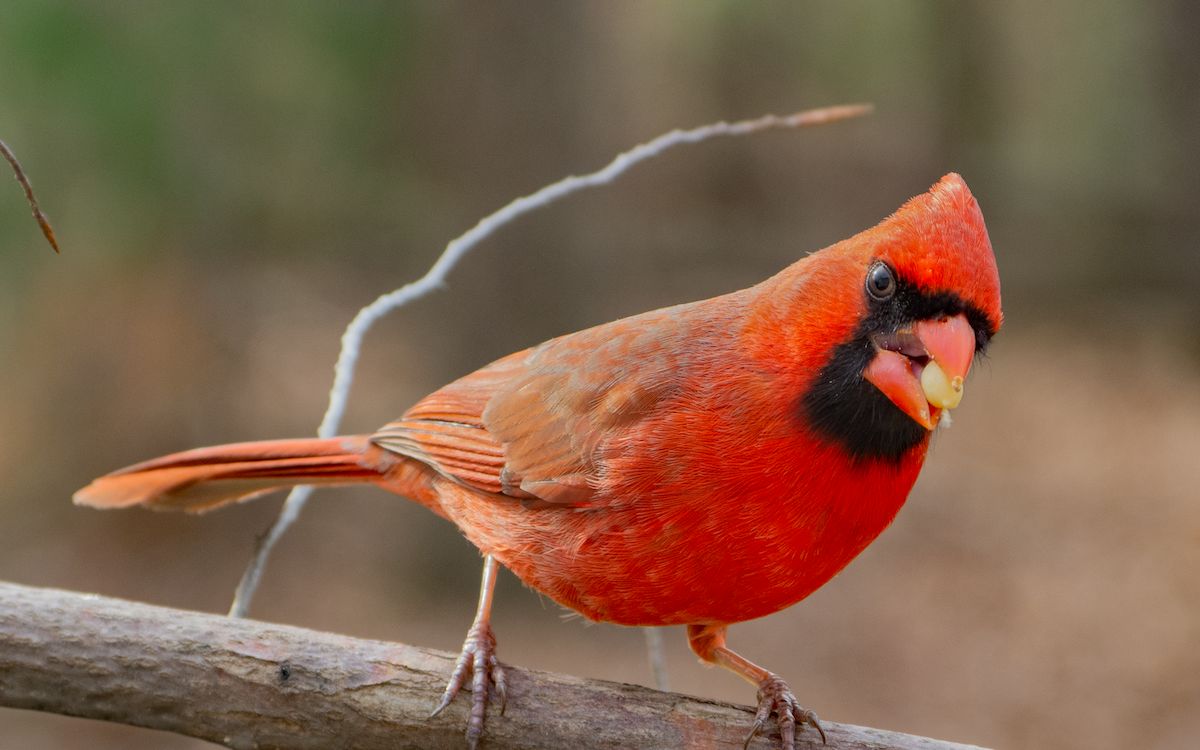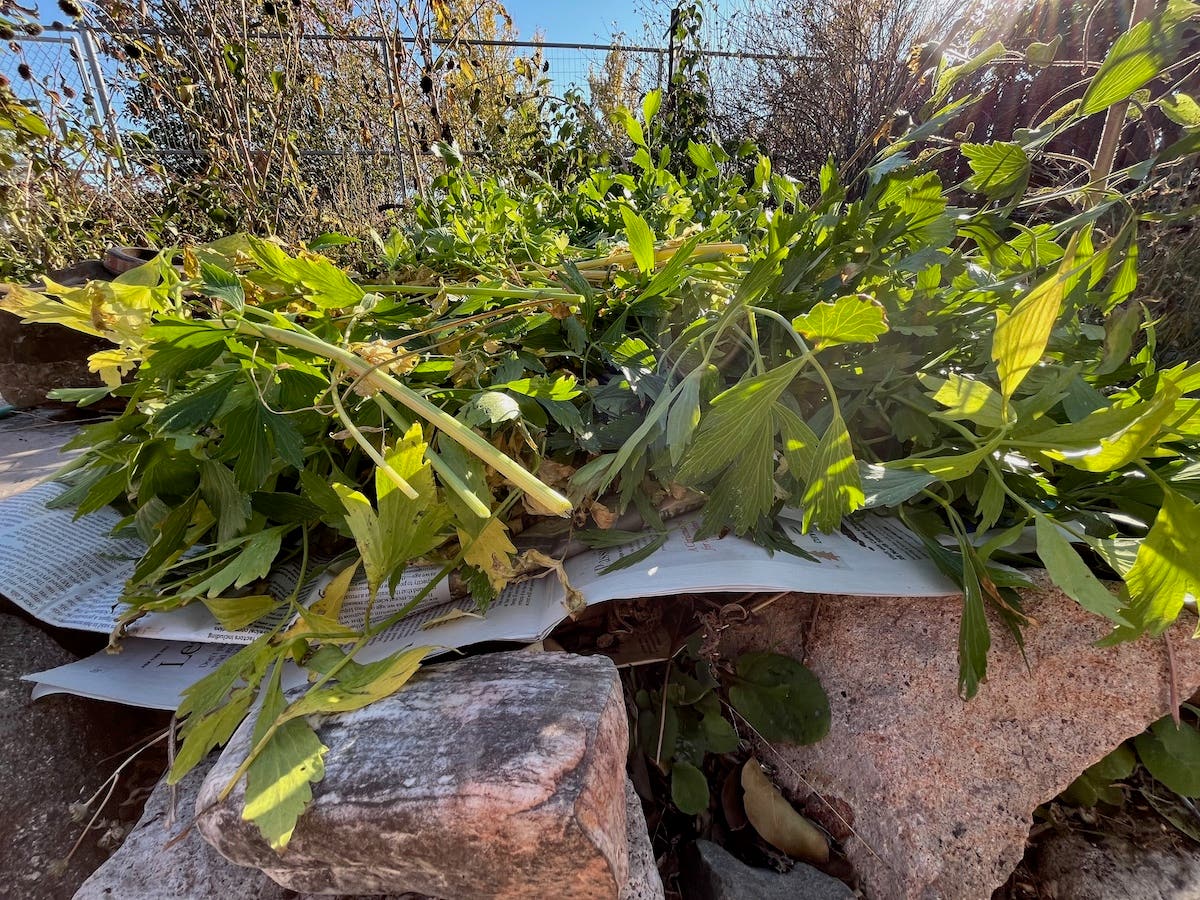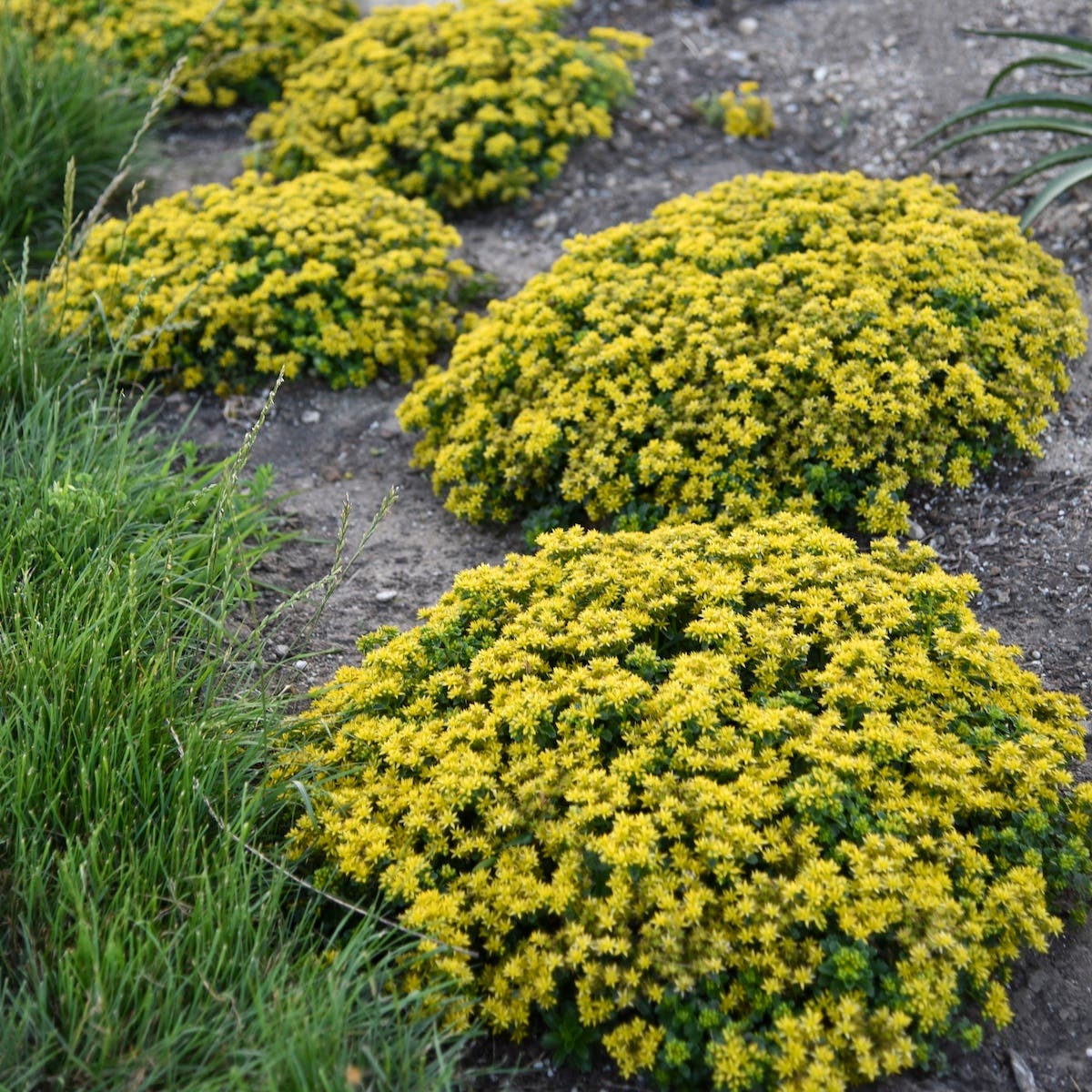How to Clean and Store Seed from the Garden
Learn how to save your own seed.
When favorite garden plants go to seed, you can harvest and store that seed in anticipation of future sowing. (Be aware that offspring might not grow identical to the parent plant. Read more in "What's the Difference? Open-Pollinated, Heirloom & Hybrid Seeds" at Seed Savers Exchange.) It is usually necessary to dry and clean seed after harvesting. For seeds in pods, heads or capsules, a week or two at normal room temperature and humidity will dry them sufficiently. Once dry, the vessels will crack or split open and readily spill their contents. You can gently pass a rolling pin over stubborn pods to open them.
You can separate the seed from the chaff (dry coverings and other debris) by shaking it through a screen or kitchen sieve. Another good trick is to place the seed and chaff in the crease of a folded piece of heavy paper or poster board, then tilt the paper and lightly shake or tap it. The seed will roll off the chaff and onto your work surface.
(Read one gardener's advice for prepping baptisia, milkweed and other seed in "Tips for Cleaning Wildflower Seed.")
If you collect fruits or berries—for example tomatoes, blueberries or hollies—clean the seed of pulp before you store it. A simple method: Mash fleshy fruits on a screen or seive with holes smaller than the seeds. Rinse the screen with a strong stream of water to wash away the pulp and skins. Tough or unripe fruit can be left in a cup of water to ferment for a week to make the pulp easier to wash away.
Alternatively, mash very small-seeded fruit like blueberries on a paper towel. Once the towel dries, you can scrape the seeds off with your fingernail. This works well for tomatoes, too.
Storing Seed You've Collected
When choosing containers for storing seeds you collect from your garden's plants, go for ones that will keep the seeds dry. Dryness is the key to successful seed storage. You should also be able to easily mark the containers with the name of the seed, the date you collected it and any other pertinent information you want to note.
Paper meets all the above criteria for seed storage. Coin envelopes, available at craft and office-supply stores, are ready made packets for homegrown seed. To make your own, consider repurposing tea packets, cash envelopes or newspaper. Use tape to seal up any loose folds or seams that might otherwise let tiny seeds escape.
While paper is excellent, other materials can be used to successfully protect seeds in storage. If you choose glass, metal or plastic jars, boxes, canisters or bags, just be certain that they are completely dry inside when you add the seeds, and seal them tightly.
Keep your seed-storage containers in a cool, dry, dark place until you're ready to sow their contents. To further safeguard against moisture, place desiccant packets in with your seeds. These packets—often found within shoe boxes, bags and other household items upon purchase—are made to absorb moisture—that's their purpose in the items with which they're packed—and will help to keep your seeds dry. Just keep them separated by wrapping them in a paper towel.
To read about saving seed that's leftover from packets you've purchased, see "What to Do When You Have Too Many Seeds."







